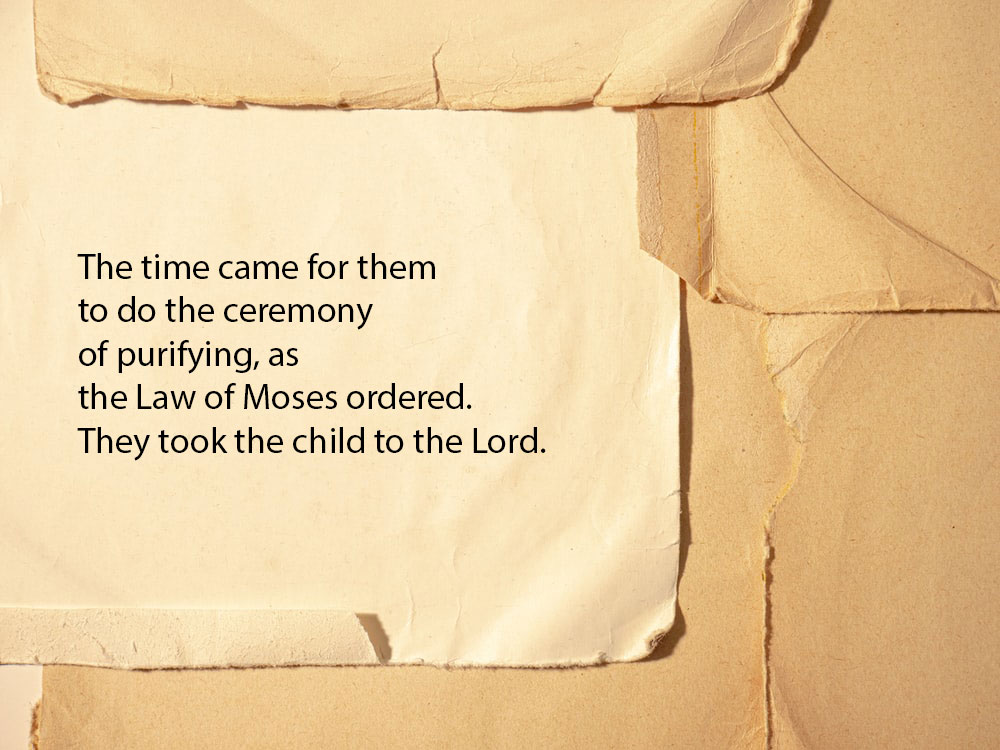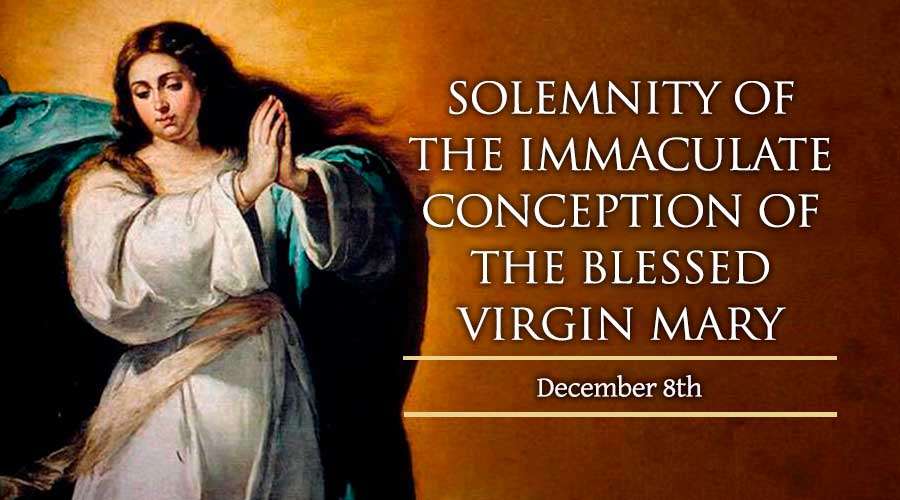
Bishop Severo Caermare of Dipolog and postulator Fr. Patrick Dalangin shows a photo of a painting of unknown date and origin, depicting Jesuit Fr. Francesco Palliola with dagger that slit his throat. The painting is presently at the archives of the Bangko Sentral ng Pilipinas in Manila. ROY LAGARDE
MANILA— Sainthood could be the next honor for a 16th century Italian Jesuit missionary whose memory still lingers in a southern Philippine province.
A drive to canonize Fr. Francesco Palliola appears to be gaining momentum.
Bishop Severo Caermare of Dipolog said that sainthood is a tedious process but the whole procedure is driven by “cult” or popular devotion.
“There has been an ongoing devotion about him that made us study and gather evidence,” Caermare said in a press briefing in Manila on Friday.
Jesuit Fr. Tim Ofracio said that the strong devotion, among other reasons, was triggered by several “miracles” being attributed to Palliola.
When the Jesuit mission returned to the Philippines in 1859, after an absence of 90 years, he said that the Jesuits were surprised that the “the cult of Fr. Palliola was very much alive”.
“When we returned here, we were shocked that many people believe that he is holy and asking for his intercession,” Ofracio said.
“So the cult of Fr. Palliola is really very old… a cult in a positive sense,” he said.
Caermare said that the diocesan process for the cause of martyrdom of Palliola, which was started in January 2016, is expected to close before the year ends.
The cause will then move to its next phase wherein the Vatican’s Sacred Congregation for the Causes of Saints in Rome will verify the documents of the diocesan process.
The Roman phase for the cause will be handled by the Society of Jesus.

Fr. Francesco Palliola, S.J.
If the review is positive, the Pope is likely to declare Palliola a martyr and approve his beatification, the last step for sainthood.
“We wanted to have another saint for the Philippines and it’s coming from Mindanao. It’s very timely for us as we will be celebrating in 2021 the 500 years of Christianity,” Caermare said.
“He is not a native of Mindanao but because of his passion for mission and love for Lumads, he could be considered a true Mindanaoan,” he said.
If declared a saint, Palliola could be the third from the Philippines after St. Lorenzo Ruiz of Manila and St. Pedro Calungsod of Cebu.
Born into nobility, in the town of Nola in Naples, Italy in May 1612, Palliola joined some 40 Jesuits on an expedition to the Philippines.
After a trip of over two years, he finally landed in Iligan in January 1644, beginning a mission in Mindanao that would take him to Dapitan, Dipolog and the rest of Zamboanga Peninsula, spreading Catholic faith to the locals, including the Lumads of the area, the Subanen.
At age 35, Palliola was martyred at Ponot, now Jose Dalman town, on January 29, 1648 by a converted native leader who had left Catholicism, and who the priest was trying to bring back to the faith.
Martyrs, or people who were killed for their faith, can be beatified without a miracle, since the death itself is considered a miracle of grace. However, a miracle is needed for canonization.
With the help of the Jesuits in Rome, postulator Fr. Patrick Dalangin said that what’s good about Palliola’s case is that “we don’t have the scarcity of documents pertaining to his martyrdom”.
“We didn’t have a hard time because everything was well documented,” he said.








